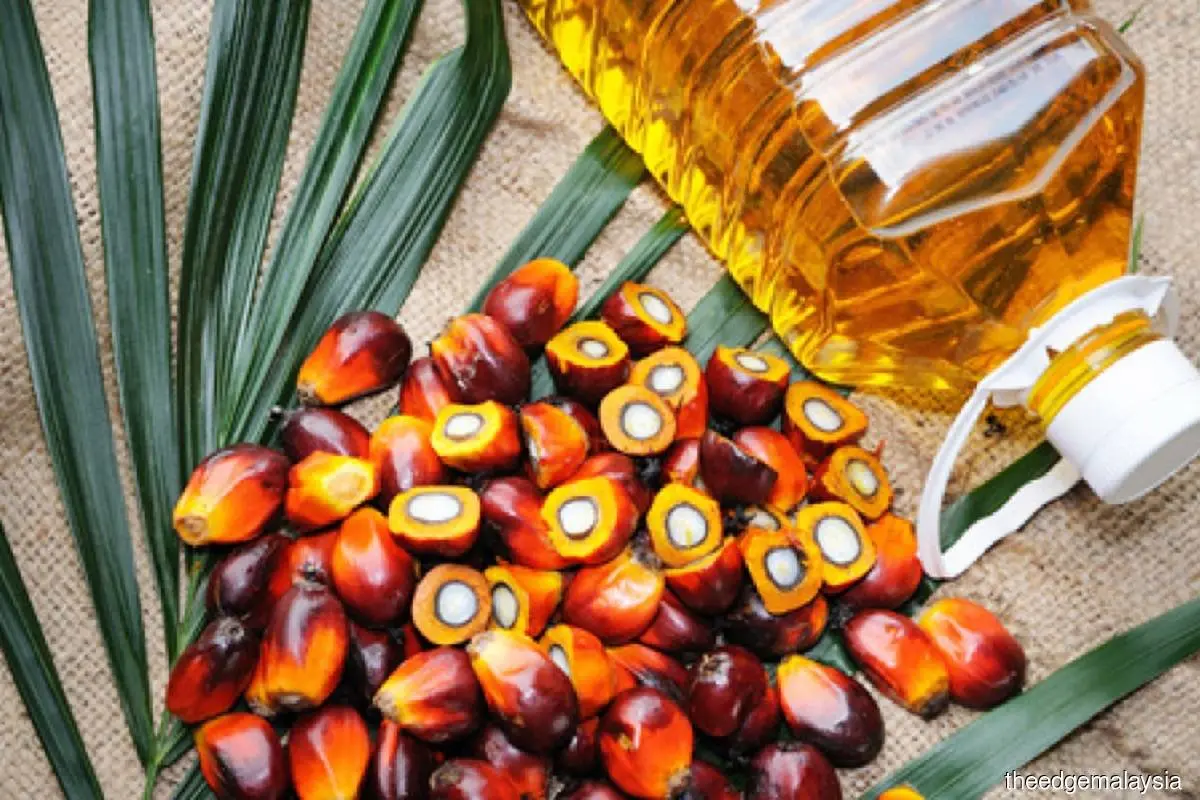In the intricate tapestry of global agricultural markets, the dynamics surrounding vegetable oils have always been a focal point of economic discussions. Recently, a significant shift has occurred in this sector: palm oil, historically the world’s most popular vegetable oil, is no longer the cheapest option available. This development carries profound implications for consumers, producers, and the overall market landscape. In this article, we will explore the reasons behind this change, the impacts on various stakeholders, and the potential future of the vegetable oil market.
The Ascendancy of Palm Oil
Palm oil has been the crown jewel of the vegetable oil market for decades. As the most widely consumed edible oil globally, it is prized for its versatility, cost-effectiveness, and high yield per hectare compared to other oilseed crops. The oil is derived from the fruit of the oil palm tree (Elaeis guineensis), predominantly grown in tropical regions like Indonesia and Malaysia, which together account for approximately 85% of global production.
Economic Factors Contributing to Palm Oil’s Popularity
- High Yields: Palm oil trees produce significantly more oil per hectare than other oil crops, such as soybeans or sunflowers. This high yield makes it cheaper to produce and ultimately more affordable for consumers.
- Versatility: Palm oil is used in a multitude of products, from food items like margarine and baked goods to non-food products like soap and cosmetics. Its adaptability to various applications has cemented its position in the market.
- Long Shelf Life: Unlike some other vegetable oils, palm oil has a relatively long shelf life, making it a preferred choice for manufacturers who require stable, long-lasting ingredients.
Despite these advantages, the tides have begun to turn. Recent trends indicate that palm oil is facing rising prices, and this shift is causing a ripple effect throughout the global vegetable oil market.
Current Market Dynamics
Rising Prices of Palm Oil
As of 2023, the price of palm oil has surged dramatically, influenced by a confluence of factors including:
- Supply Chain Disruptions: The COVID-19 pandemic brought unprecedented challenges to agricultural supply chains. Labor shortages, shipping delays, and disruptions in transportation have all contributed to increased production costs.
- Weather Conditions: Climate change has led to erratic weather patterns, affecting crop yields. In key producing countries like Indonesia and Malaysia, adverse weather conditions, including heavy rainfall and droughts, have hampered palm oil production.
- Regulatory Changes: Environmental concerns surrounding palm oil cultivation have prompted stricter regulations in producer countries. These regulations are aimed at curbing deforestation and promoting sustainable farming practices, but they also increase production costs.
- Competing Oils: As palm oil prices rise, other vegetable oils such as soybean oil, sunflower oil, and canola oil are becoming more competitive. This shift is partly due to increased demand for these oils in markets where consumers are becoming more health-conscious and environmentally aware.
The Impact of Rising Prices on Consumers
As palm oil prices rise, the cost of many food products containing palm oil is also increasing. This is particularly concerning for low-income consumers who rely on affordable cooking oils. The price hikes can lead to:
- Increased Food Prices: Food manufacturers may pass on higher production costs to consumers, leading to increased prices for staples like margarine, baked goods, and snack foods.
- Changes in Consumer Behavior: Rising prices may prompt consumers to seek alternative oils, leading to changes in purchasing habits. This shift could benefit oils such as soybean and sunflower oil, which may see increased demand.
- Nutritional Implications: Consumers may turn to cheaper, less healthy alternatives if they cannot afford preferred options. This can lead to poorer dietary choices and associated health risks.
The Broader Economic Implications
The shift away from palm oil as the cheapest vegetable oil carries broader economic implications beyond consumer prices.
Agricultural Shift
- Crop Diversification: Farmers may respond to rising palm oil prices by diversifying their crops. Increased cultivation of soybean, sunflower, and canola could balance the market and stabilize prices. This diversification could also enhance food security by providing a broader array of edible oils.
- Sustainable Practices: The rising costs associated with palm oil may incentivize producers to adopt more sustainable farming practices. By focusing on environmental stewardship, farmers can potentially access premium markets that value sustainably sourced products.
Environmental Considerations
- Deforestation Concerns: The production of palm oil has long been associated with deforestation and habitat destruction. As prices rise, there is potential for increased scrutiny on farming practices. This could lead to greater emphasis on sustainable production methods and certifications, which would mitigate environmental harm.
- Biodiversity Impact: Increased cultivation of alternative vegetable oils can have mixed environmental consequences. While diversifying oil sources may relieve pressure on palm oil production, it can also lead to additional land clearing and habitat loss if not managed responsibly.
Global Trade Dynamics
The shift in palm oil prices also affects global trade patterns, particularly in exporting and importing countries.
Key Exporting Countries
- Indonesia and Malaysia: These countries have long dominated palm oil exports. As prices rise, they stand to gain substantial revenue; however, they also face international pressure to improve sustainability practices and address environmental concerns.
- Emerging Producers: Countries like Thailand and Colombia are exploring opportunities to expand their palm oil production as they seek to capitalize on the rising prices. However, they must navigate challenges related to sustainability and international regulations.
Importing Countries
- Changing Preferences: Importing nations, particularly in Europe and North America, are increasingly scrutinizing palm oil imports due to health and environmental concerns. The rising price of palm oil may accelerate the shift towards alternative oils, affecting trade flows.
- Economic Impact: Countries that rely heavily on palm oil imports may experience increased costs, leading to inflationary pressures. This can impact food security and economic stability in regions that depend on affordable vegetable oils.
Consumer Awareness and Choices
As the vegetable oil market evolves, consumer awareness plays a critical role in shaping trends.
Health Concerns
- Nutritional Awareness: With rising health consciousness, consumers are increasingly informed about the nutritional profiles of oils. The perception of palm oil as unhealthy due to its saturated fat content is leading some consumers to seek healthier alternatives.
- Environmental Impact: The environmental consequences of palm oil production have prompted many consumers to consider sustainability in their purchasing decisions. Brands that prioritize sustainable sourcing are gaining favor in the marketplace.
Advocacy and Regulation
- Consumer Advocacy: Advocacy groups are raising awareness about the environmental impacts of palm oil production. This has led to increased demand for products labeled as sustainably sourced.
- Regulatory Initiatives: Governments and international organizations are implementing regulations aimed at promoting sustainable agriculture. This includes certifications like the Roundtable on Sustainable Palm Oil (RSPO), which helps consumers identify responsibly produced palm oil.
The Future of the Vegetable Oil Market
As we look to the future, several factors will shape the vegetable oil market:
Technological Innovations
- Alternative Oils: The development of alternative oils from crops like algae and genetically modified organisms could disrupt traditional markets. These innovations may provide healthier, more sustainable options that cater to changing consumer preferences.
- Improved Agricultural Practices: Advances in agricultural technology, such as precision farming and sustainable practices, can enhance crop yields and reduce environmental impacts, potentially stabilizing prices in the vegetable oil market.
Market Volatility
- Global Events: Political instability, climate change, and trade wars can lead to volatility in vegetable oil prices. Producers and consumers alike must adapt to an increasingly unpredictable market environment.
- Consumer Preferences: As consumer preferences evolve, the demand for healthier, sustainable oils will likely shape market dynamics. Companies that adapt to these changing preferences will be better positioned for success.
Conclusion
The vegetable oil market is undergoing a significant transformation, with palm oil losing its status as the cheapest option. This shift results from a complex interplay of economic factors, environmental concerns, and changing consumer preferences. As prices rise, both producers and consumers must navigate the challenges and opportunities presented by this new landscape.
In a world increasingly focused on health and sustainability, the vegetable oil market must adapt to meet the demands of conscious consumers. The future of this sector will depend on balancing affordability, nutritional value, and environmental responsibility, ensuring a sustainable supply of vegetable oils for generations to come.
The changes in palm oil pricing not only affect the immediate market dynamics but also signal a broader shift in how we view and consume vegetable oils. As stakeholders respond to these changes, the lessons learned from this transition could guide the industry towards a more sustainable and equitable future.





